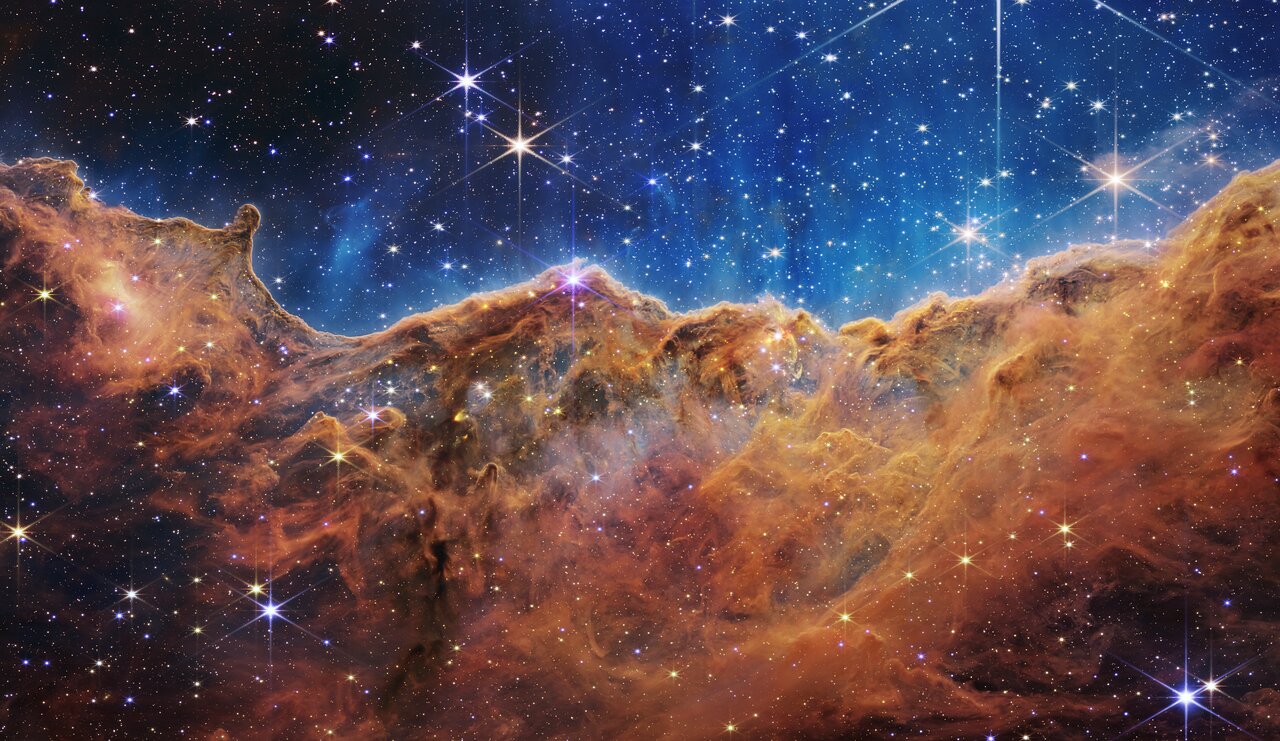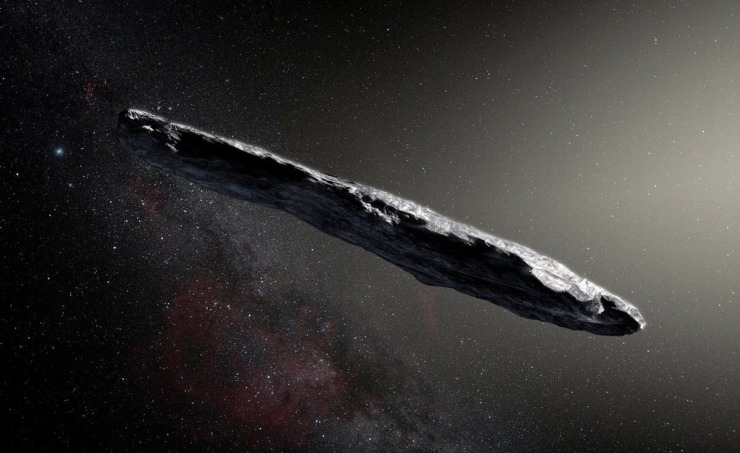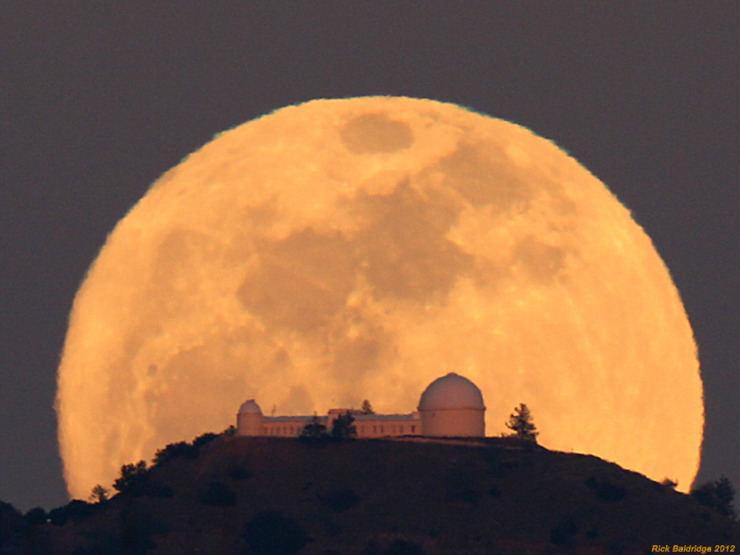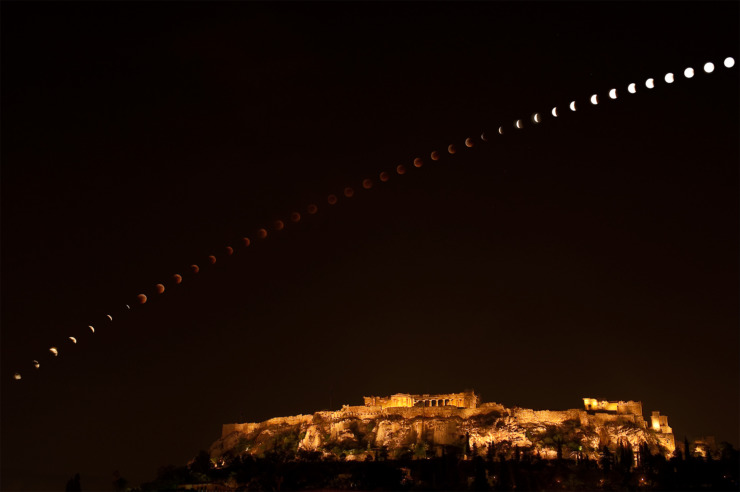Among the new James Webb Space Telescope images just released is this stunning view of a region where new stars and planets are forming — a kind of “star nursery” or “star womb.” The thick region of gas and dust is seen in browns and reds in the bottom part of the picture. The bluish “steam” that seems to be coming off upward is the glow of much thinner hot gas and warm dust.
The Webb telescope is sensitive to infrared light (“heat rays” that our eyes can’t see), so the colors here are artificial. But the color convention is consistent — redder things are cooler and bluer things are hotter. The kind of dust that makes up much of this region of cosmic raw material blocks visible light (much as smog or wildfire dust on Earth does,) So the Webb is showing us details in the brownish region, which NASA is calling “the cosmic cliffs,” that regular telescopes can’t see, including arches, and filaments.
Above this region, and not shown on our picture, is a recently formed cluster of stars. Many of those stars are quite hot and giving off powerful ultraviolet rays. The energy from these stars “pushes” down on the brown cliffs of gas and dust, and causes two interesting but opposing effects.
The energy from the stars compresses the gas and dust and helps new stars to “clump” — to fall together via gravity. These denser and denser clumps will eventually get so compressed and hot, they will “turn on” as baby stars. But the energy from the hot stars above also evaporates and destroys the upper layer of the cloud. That can interfere with new clumps having sufficient material to make a star.
So these cosmic cliffs are the boundary layer at which the great cosmic battle of starting and stopping star formation plays out. Just to give you a sense of scale, the tallest peak in the cliffs is about 7 lightyears tall. Because the Webb telescope can peer inside these dusty regions, scientists expect it to provide a wonderful array of new information about how stars begin their lives.




